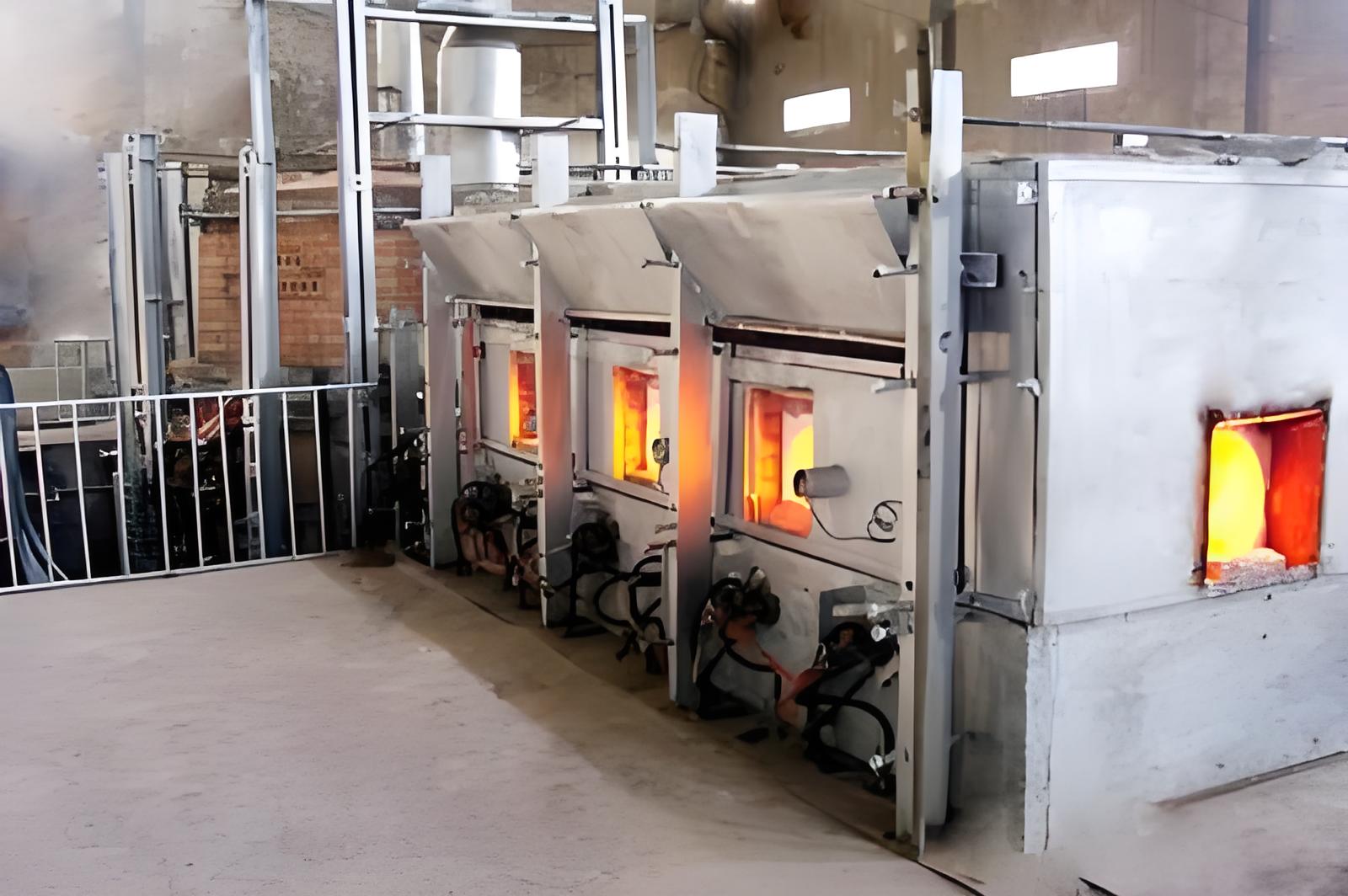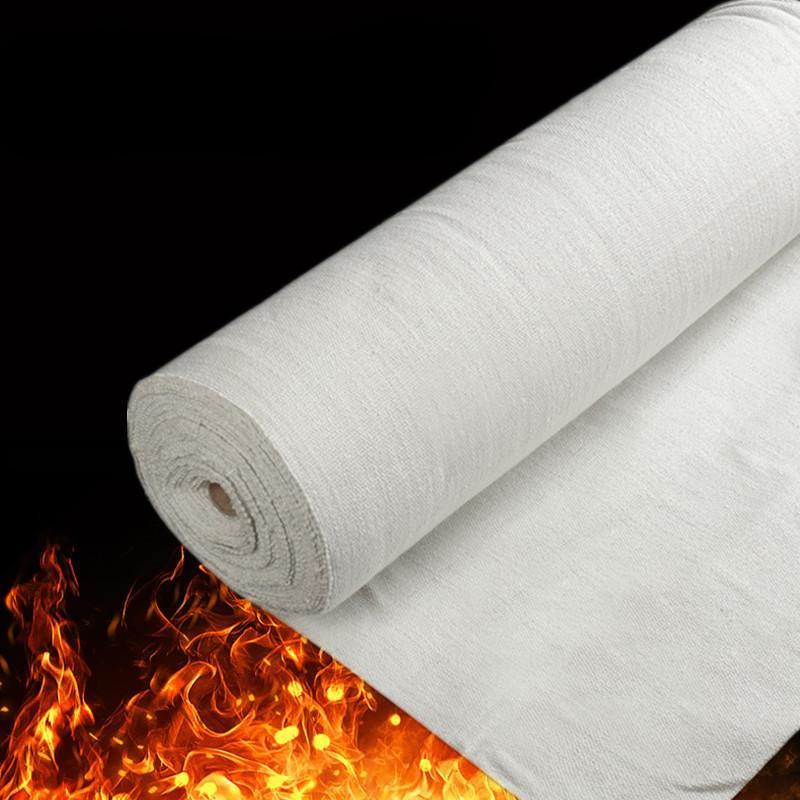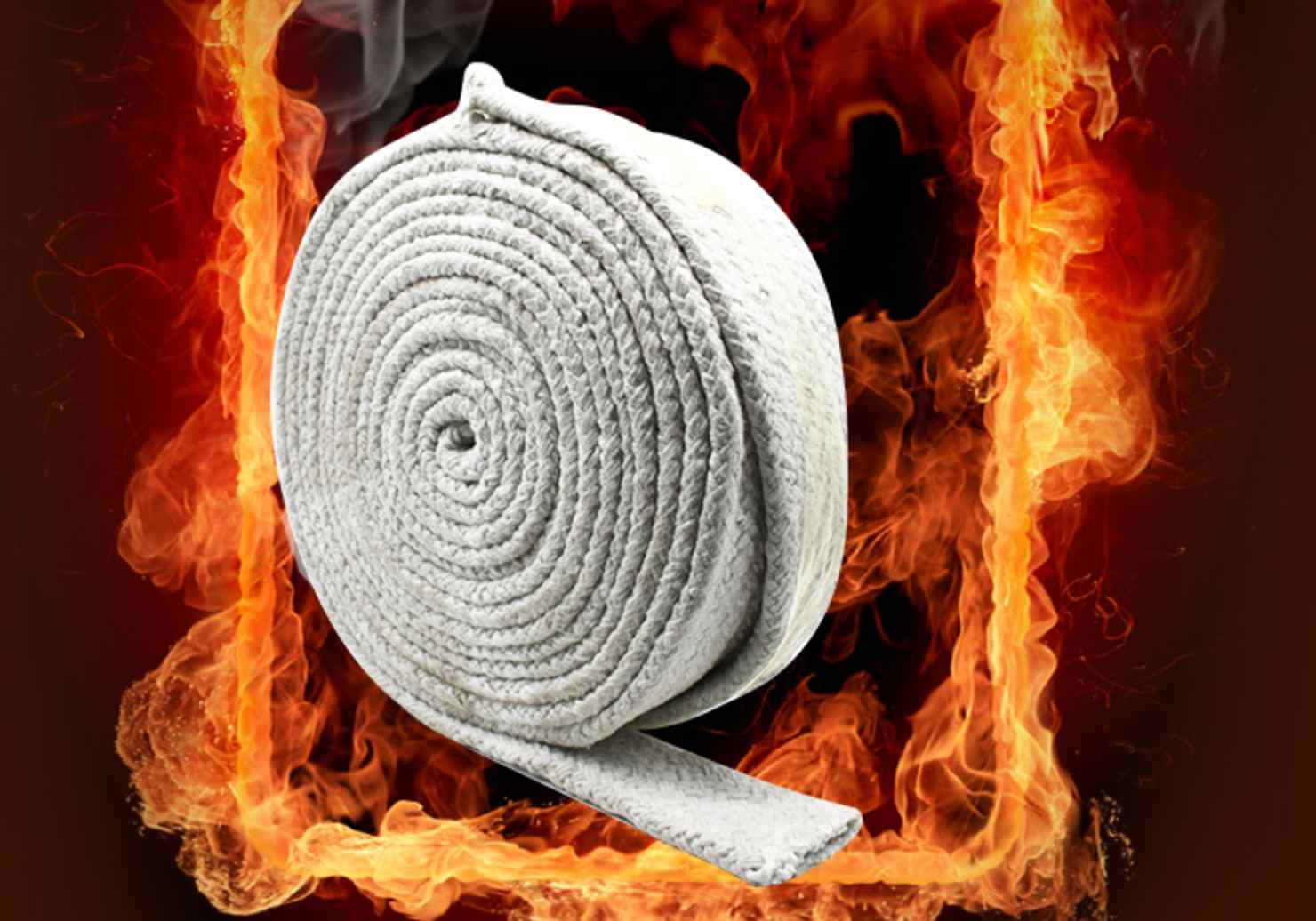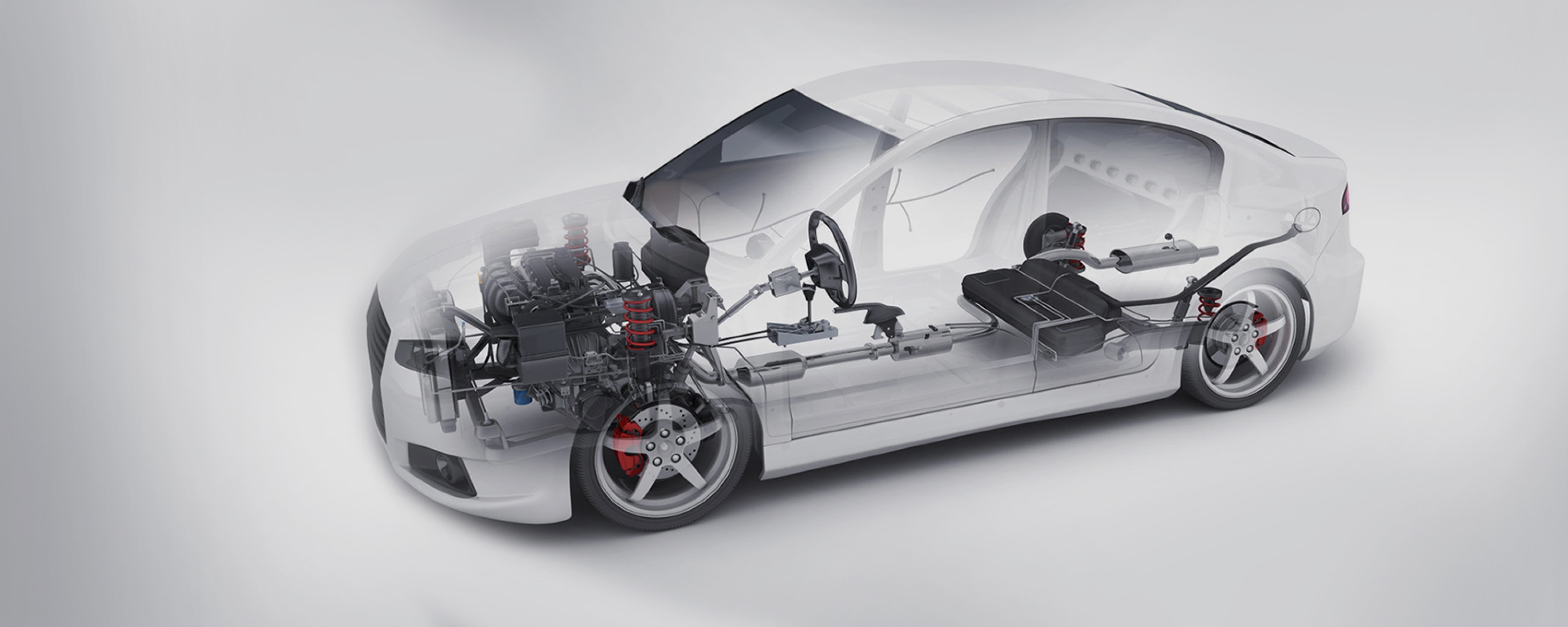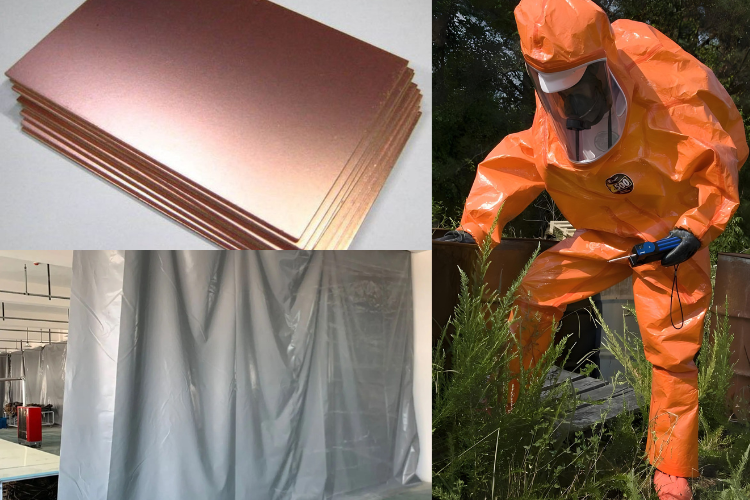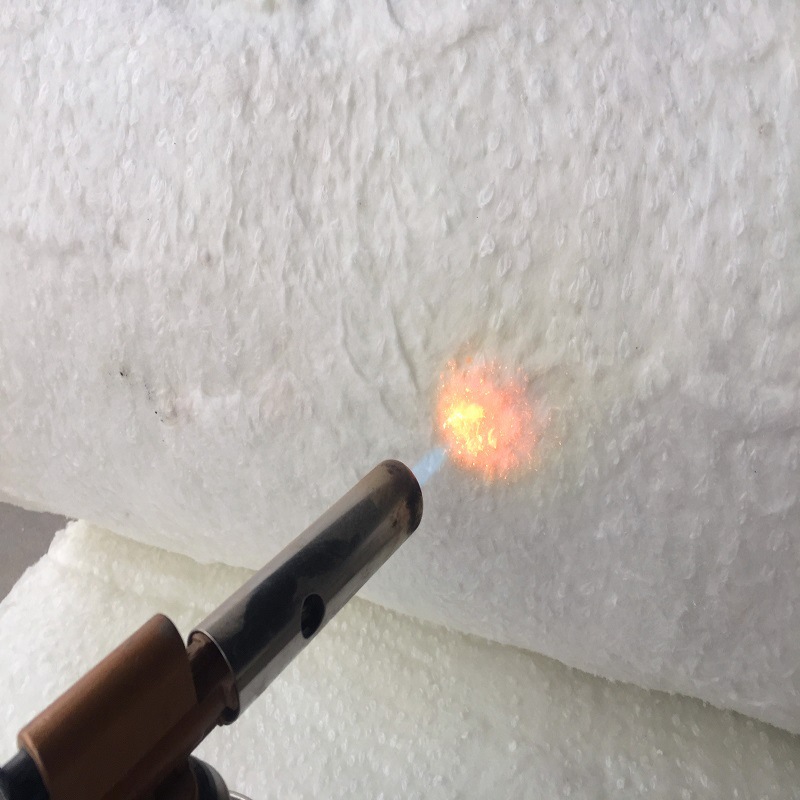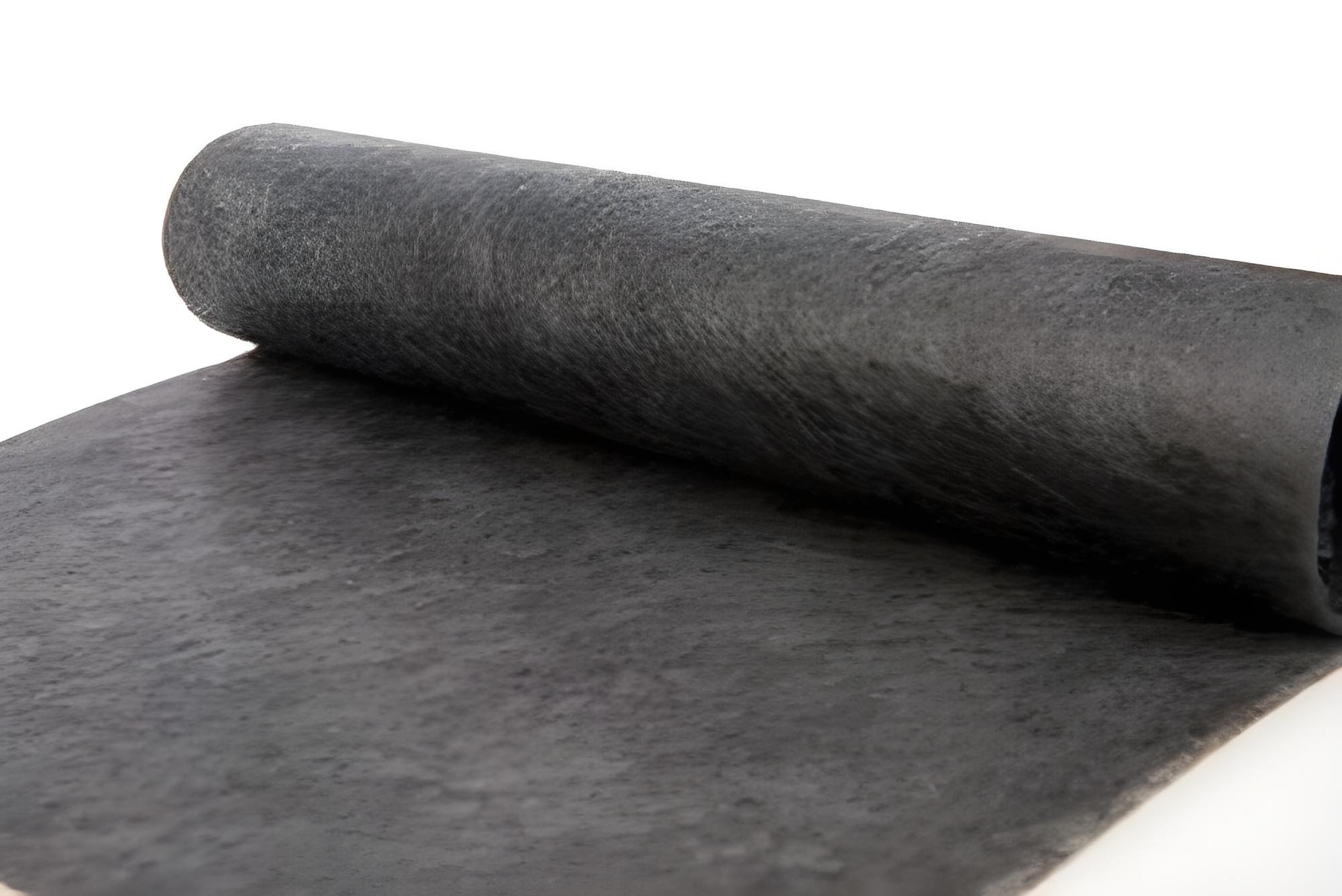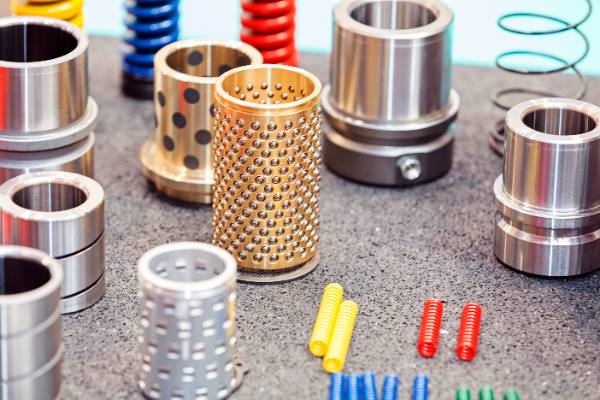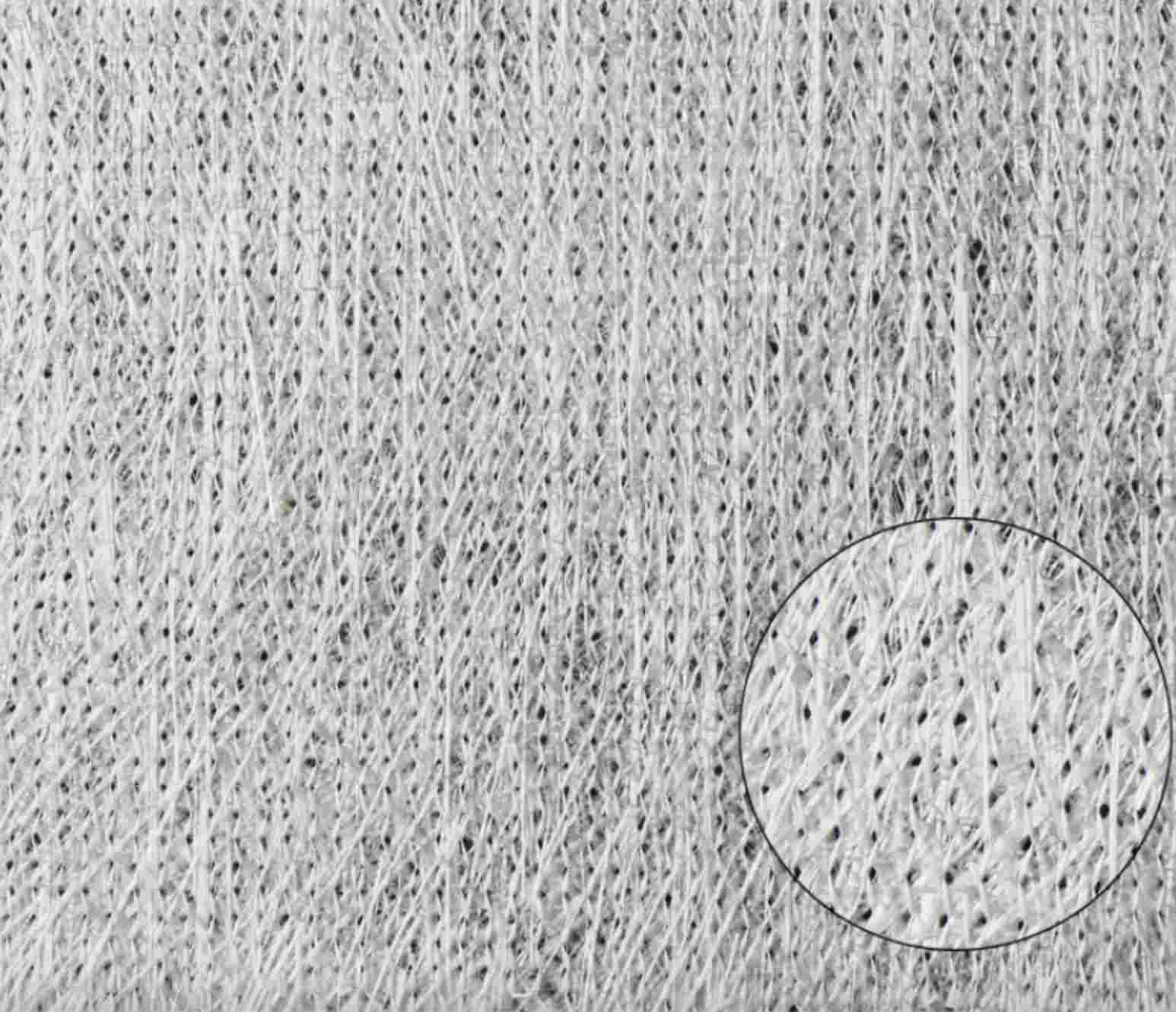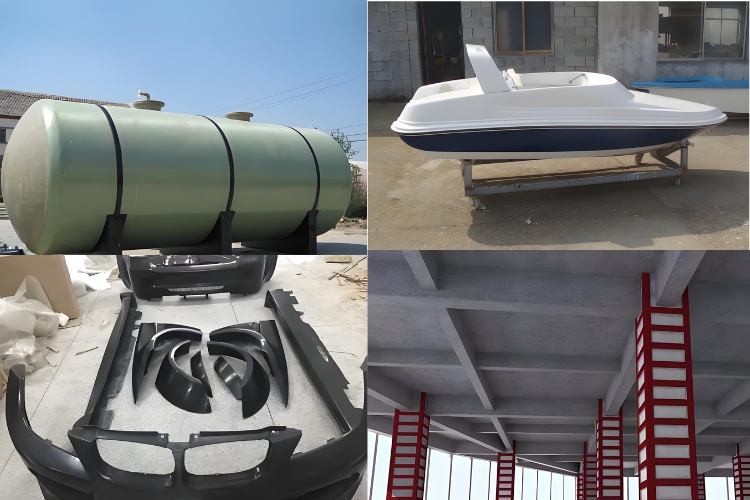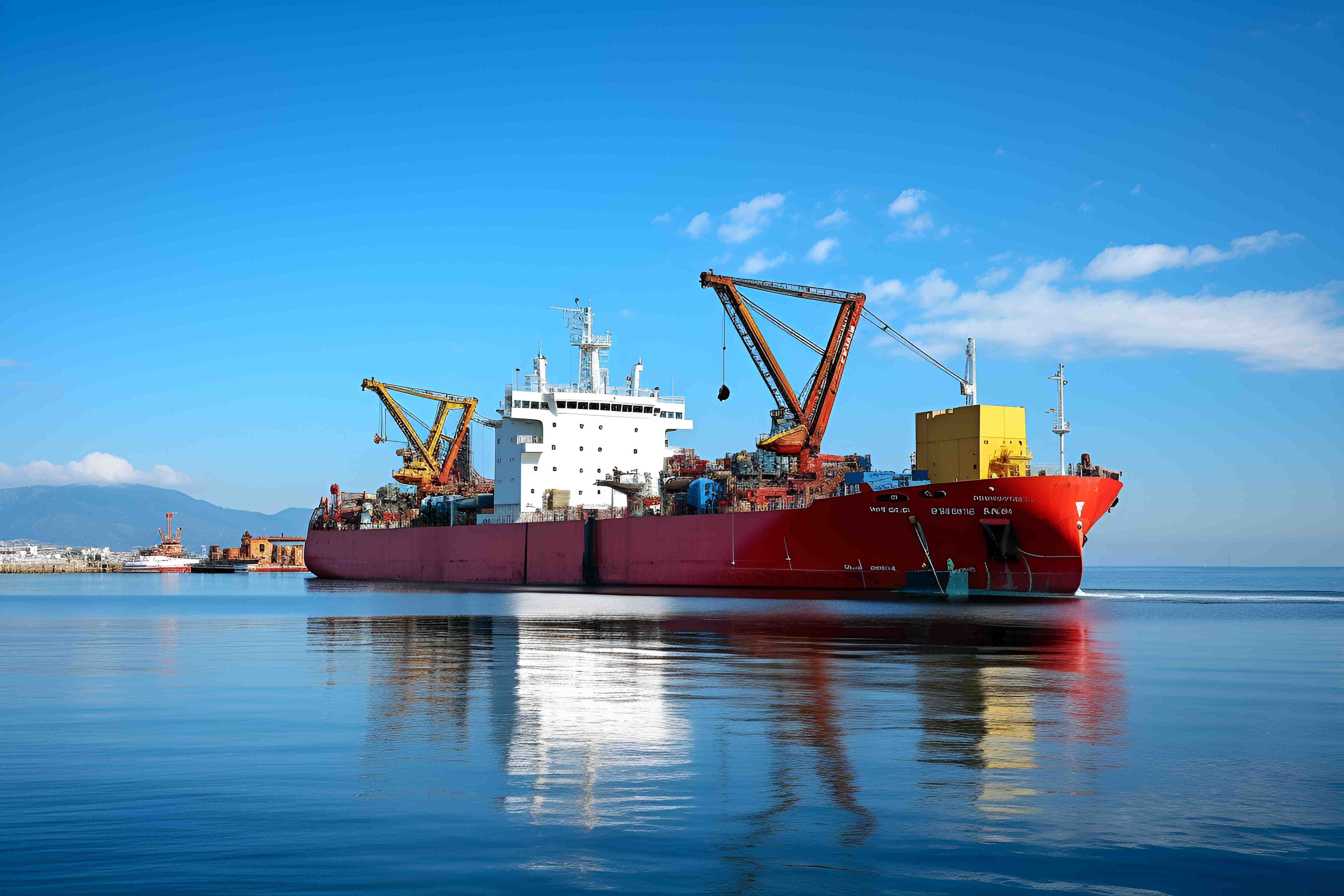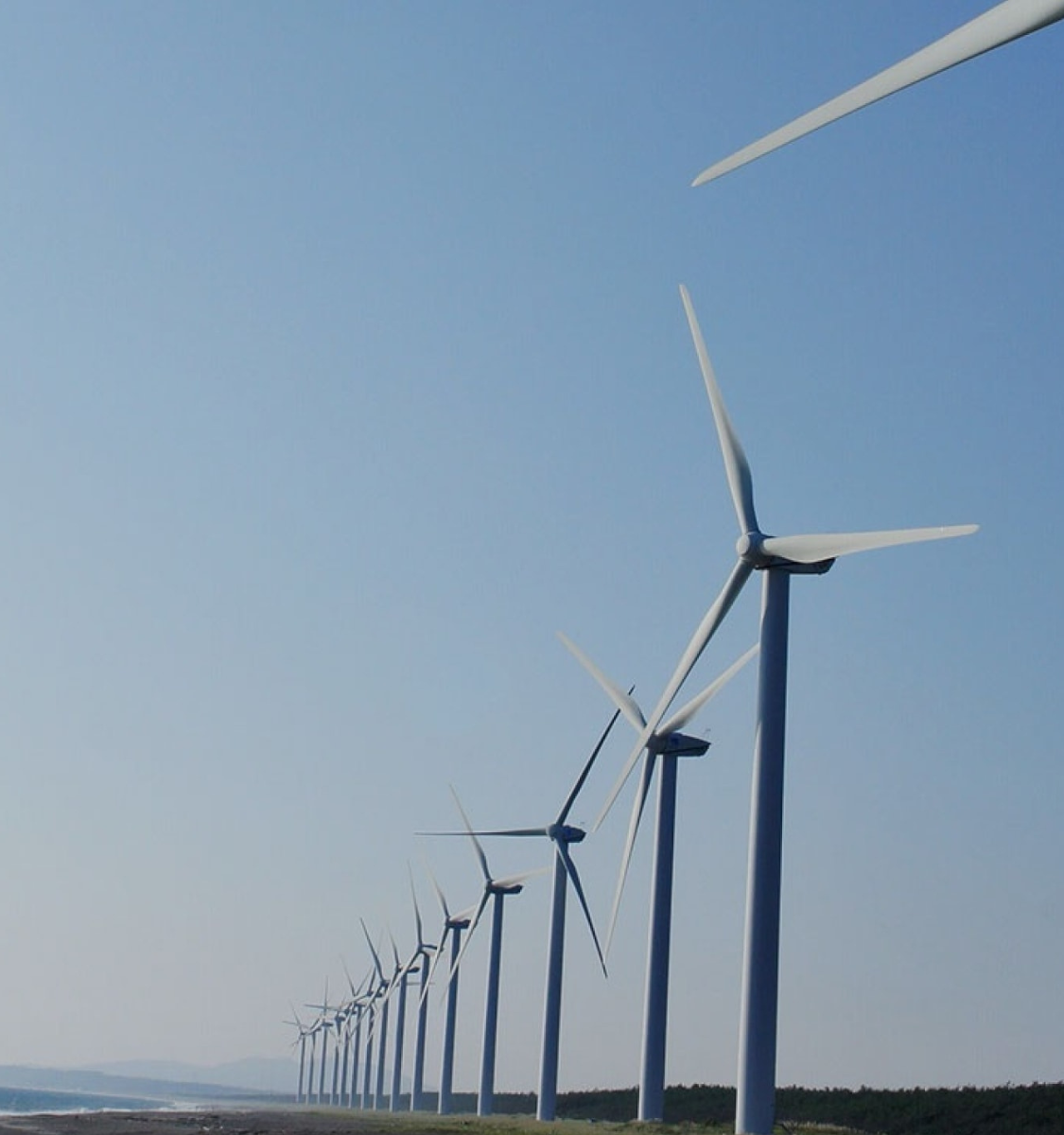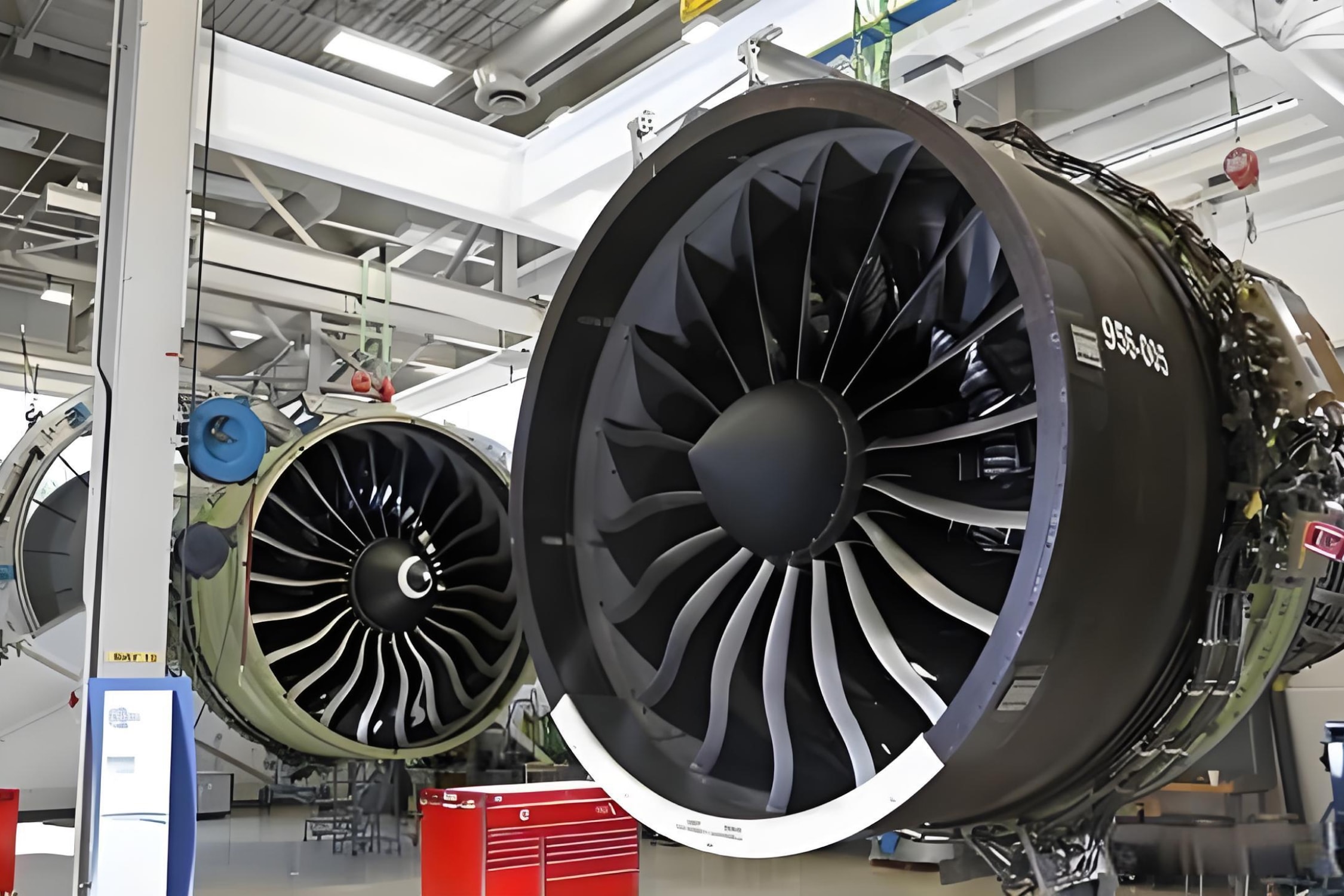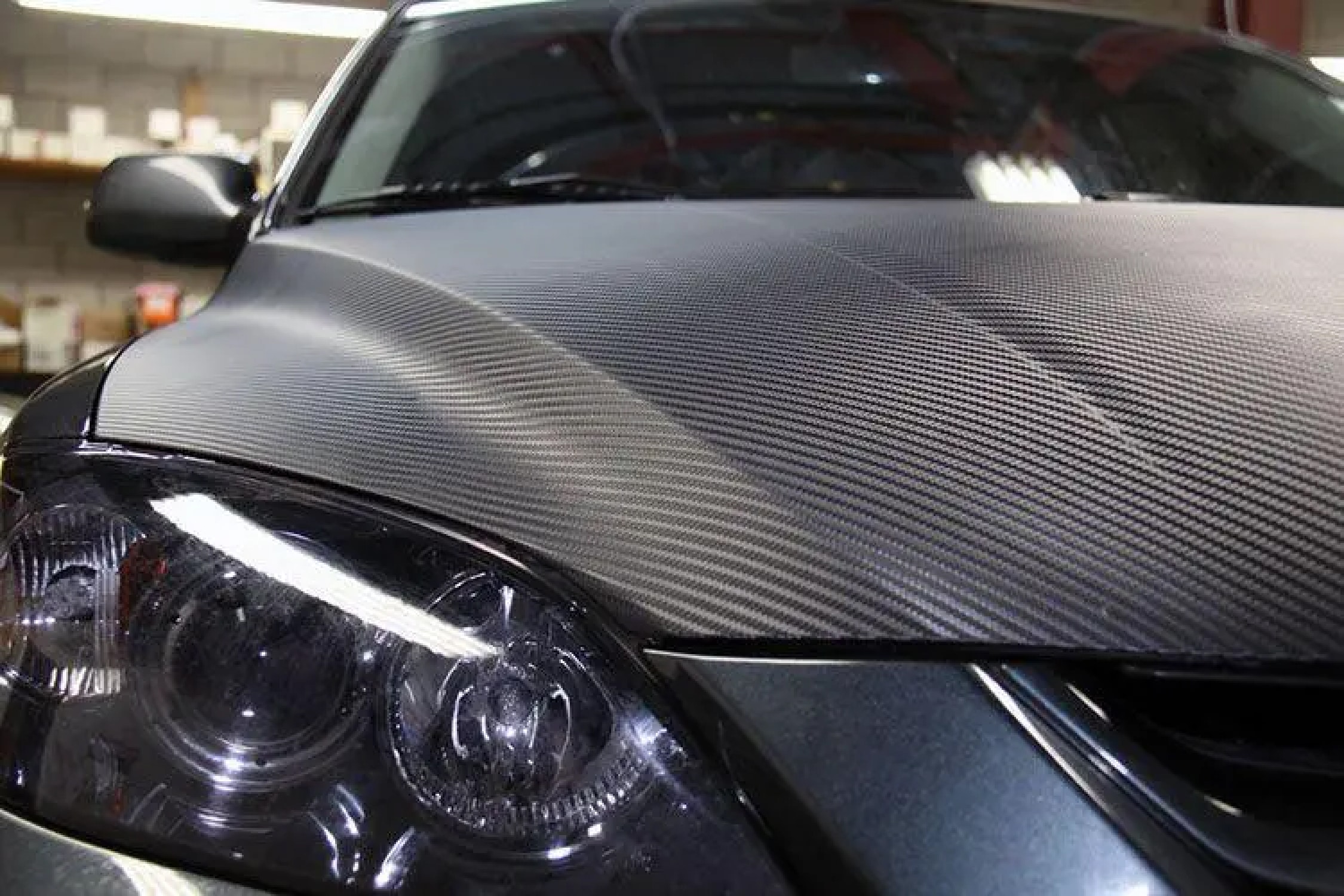+86-13732282311
merlin@xcellentcomposites.com
Let the world benefit from composite materials!
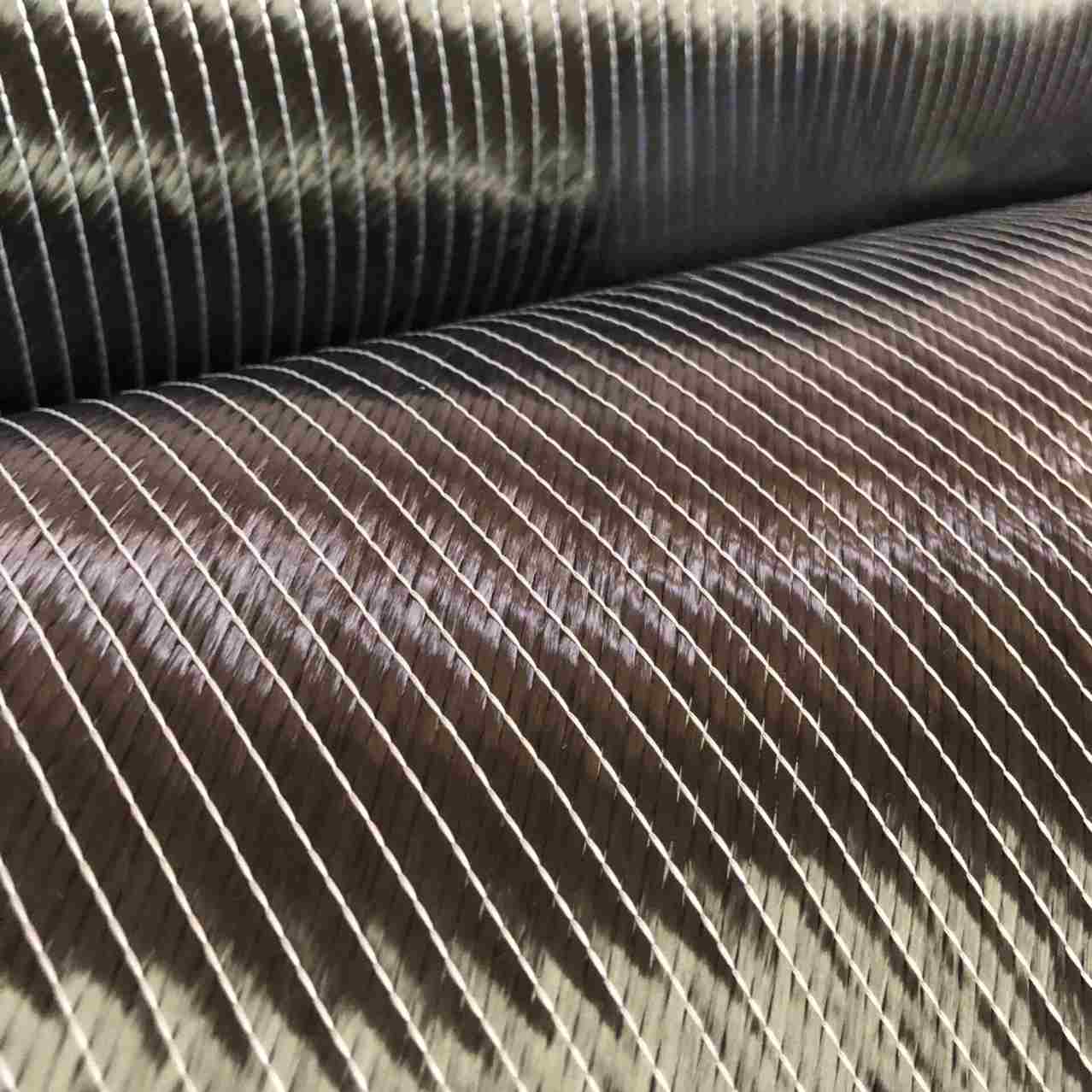
Carbon Fiber Multiaxial Fabric
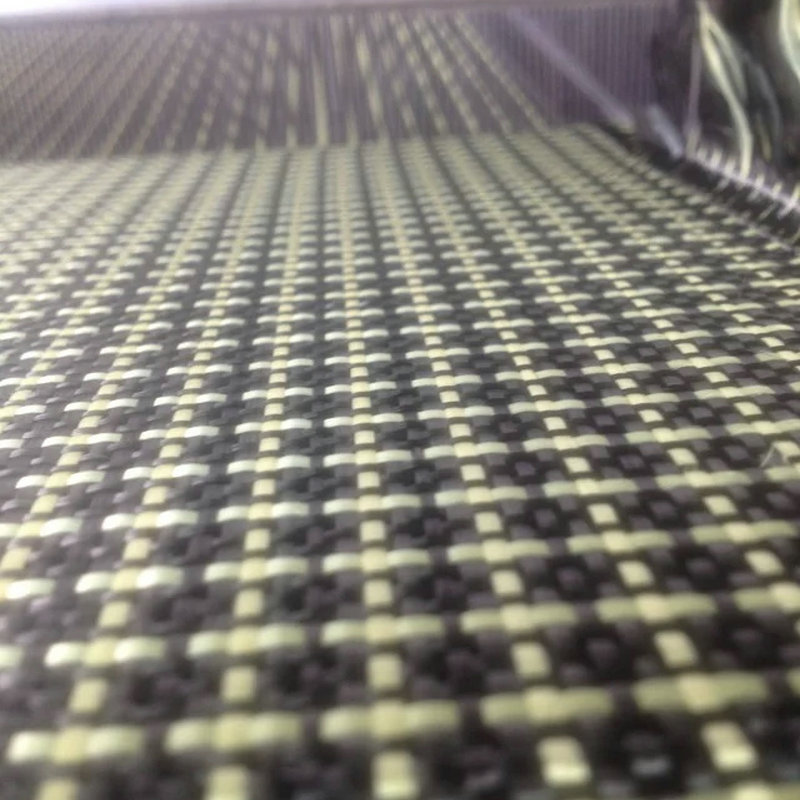
Hybrid Woven Fabric
+86-13732282311
merlin@xcellentcomposites.com
Let the world benefit from composite materials!
A Brief History of the Development of Carbon Fiber
The carbon fiber industry came into existence with the invention of polyacrylonitrile (PAN)-based carbon fiber preparation technology in 1959 by Dr. Akio Shindo from the Osaka Technical Research Institute in Japan.
The carbon fiber industry came into existence with the invention of polyacrylonitrile (PAN)-based carbon fiber preparation technology in 1959 by Dr. Akio Shindo from the Osaka Technical Research Institute in Japan. The 1960s were characterized by research and development of laboratory technology, predominantly led by Japan and the United Kingdom. Key players in Japan included the Osaka Industrial Testing Institute, Tokai Carbon Co., Ltd., Nippon Carbon Co., Ltd., and Toray Industries, Inc. In the UK, pioneers such as the Royal Aeronautical Establishment (RAE), UK Atomic Energy Authority (AERA), Courtaulds, and Rolls Royce played significant roles. 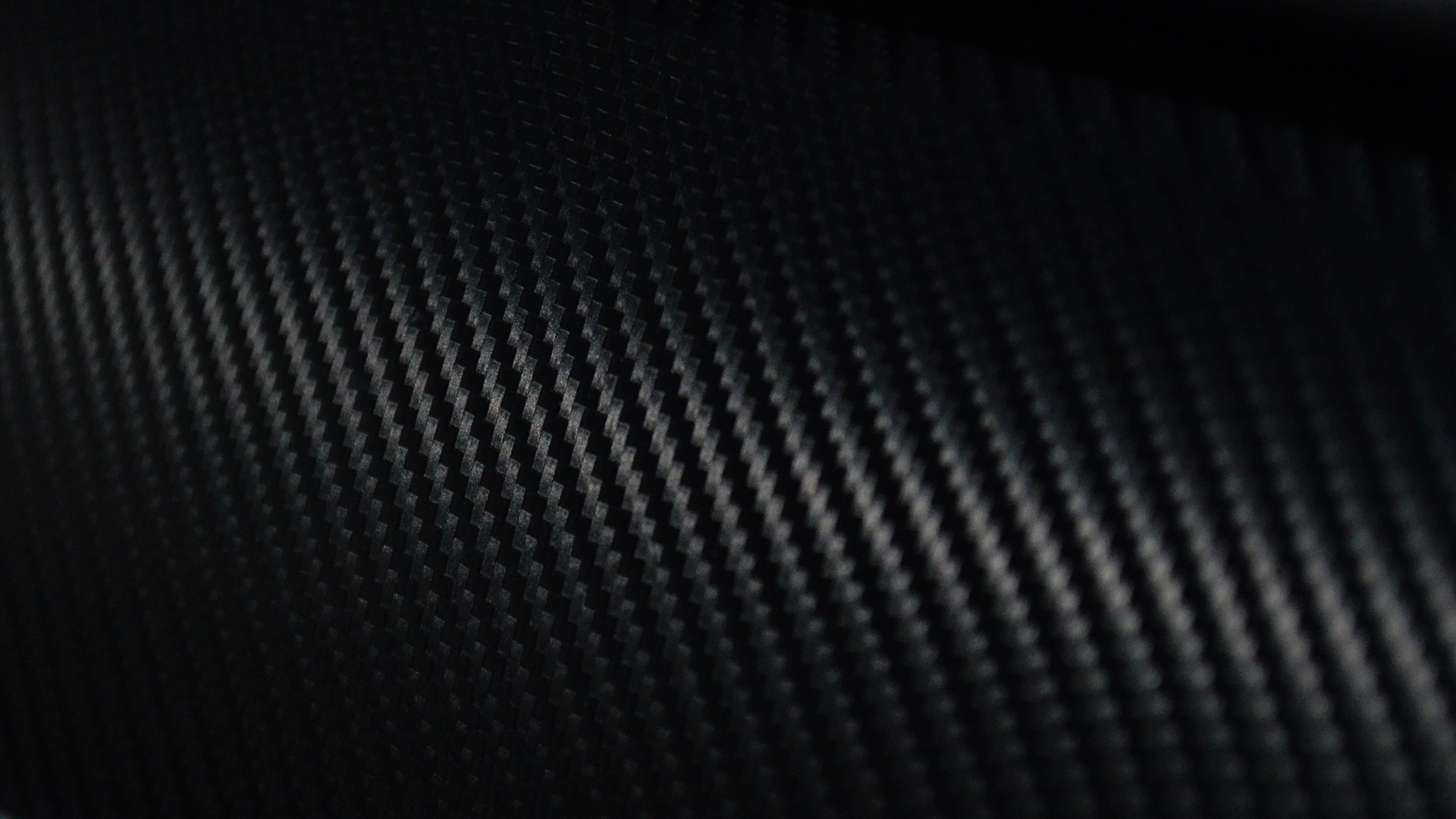
The 1970s saw the evolution of engineering technology and the widening of applications. Collaborations between the UK, the USA, and Japan were quite frequent during this phase. The 1980s was an era of industrialization, product diversification, and significant breakthroughs in application. The 1990s were distinguished by mergers and acquisitions, and the competition for market share. In the 2000s, the industry underwent relatively stable development, laying the groundwork for the application of carbon fiber in aerospace, wind power, and automotive industries.
The 2010s were primarily marked by a significant expansion of applications and further consolidation in the industry. The so-called "carbon fiber airplanes", Boeing 787 and Airbus A350, were delivered for the first time in 2011 and 2014 respectively, triggering a swift increase in the demand for aerospace-grade carbon fiber. In 2010, BMW and SGL Group collectively built a carbon fiber factory in the United States, boasting a total capacity of 9,000 tons per year. The goal was to thoroughly lightweight electric vehicles and control material sources. In August 2017, SGL Group finalized the acquisition of BMW's shares in the automotive carbon fiber joint venture, marking BMW's departure from the carbon fiber industry. Notably, the successful application of pultruded boards in blade web caps led to a surge in the demand for carbon fiber for wind power giant Vestas, intensifying the consolidation within the carbon fiber industry. A significant event was the acquisition of Zoltek by Toray at the end of 2014. During the same period, the domestic industry experienced a survival of the fittest, with the strongest becoming even stronger.
In reviewing the 60-year development history of carbon fiber, luminaries such as Akio Shindo and William Watt still shine brightly. There are numerous well-known companies that have failed, such as Tokai, Carbon, Asahi Kasei in Japan; Royal Atomic Energy Company, Courtaulds, Rolls Royce, BP in the UK; Union Carbide, AMOCO, Celanese in the United States; and BASF in Germany. On the other hand, companies such as Toray, Toho, and Mitsubishi in Japan continue to stand tall amidst the challenges. The successful companies are distinguished by their completion of the development path from experimental line to engineering line to industrialization in 30 years, and their focus on the development of the industry chain and application ecology.
Popular Composite Materials
Popular Composite Materials

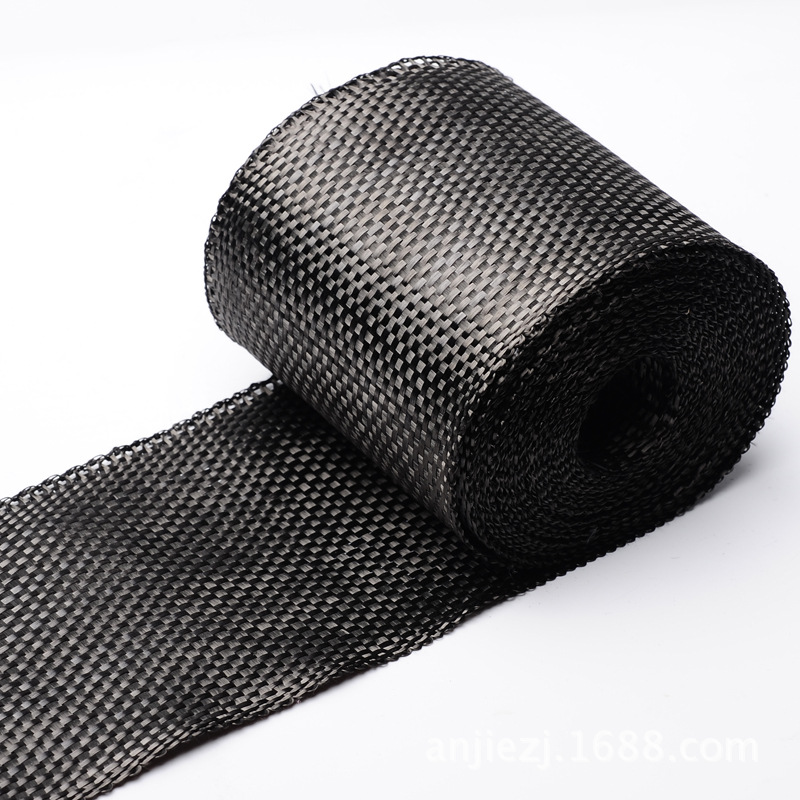

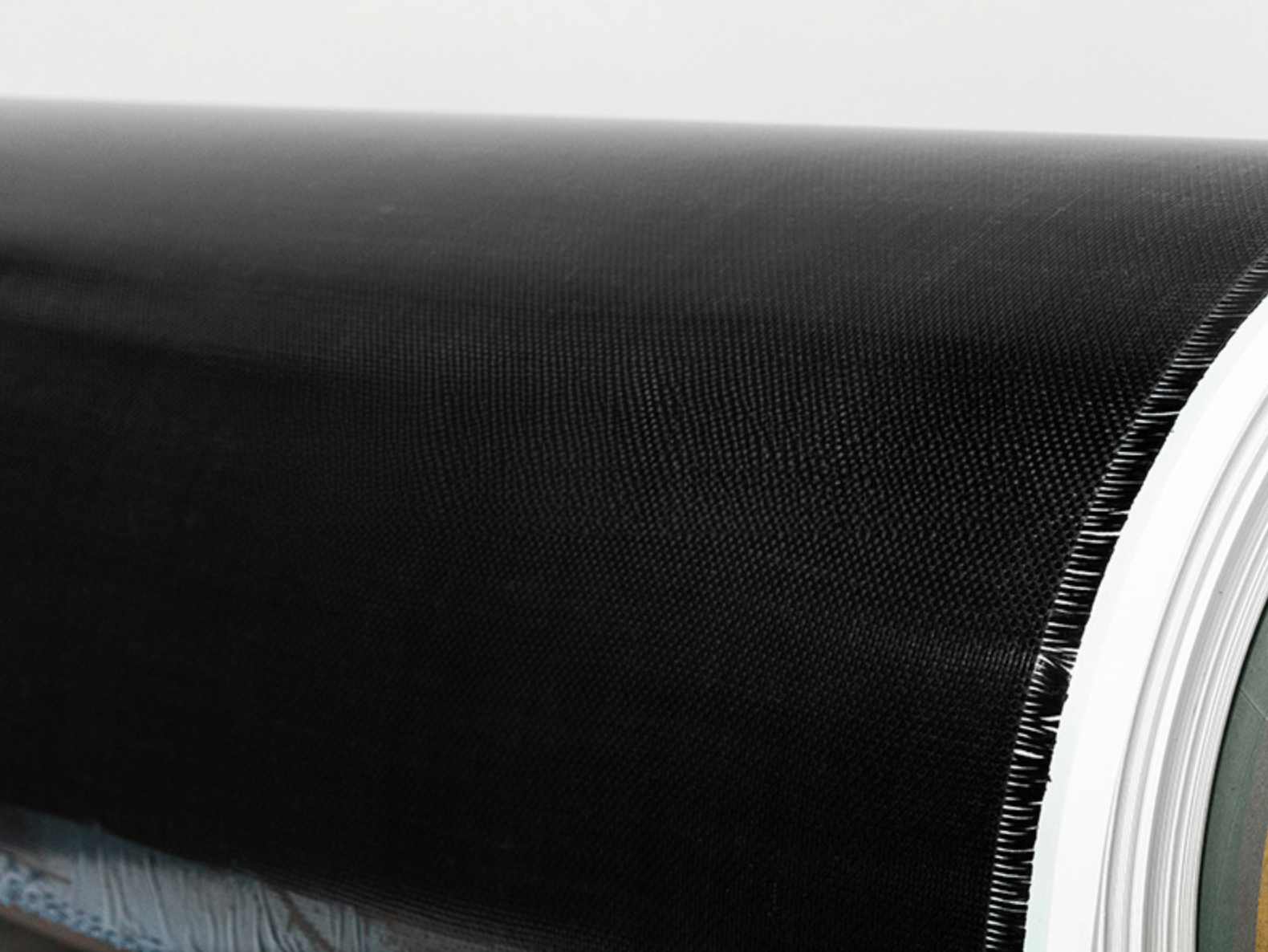
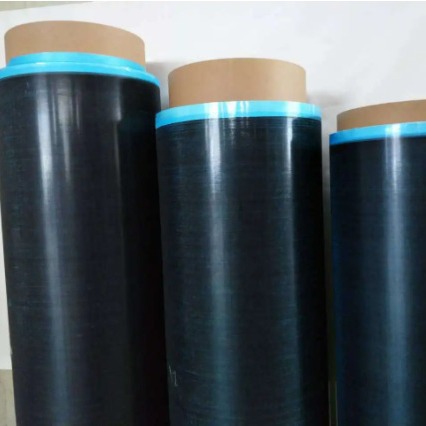
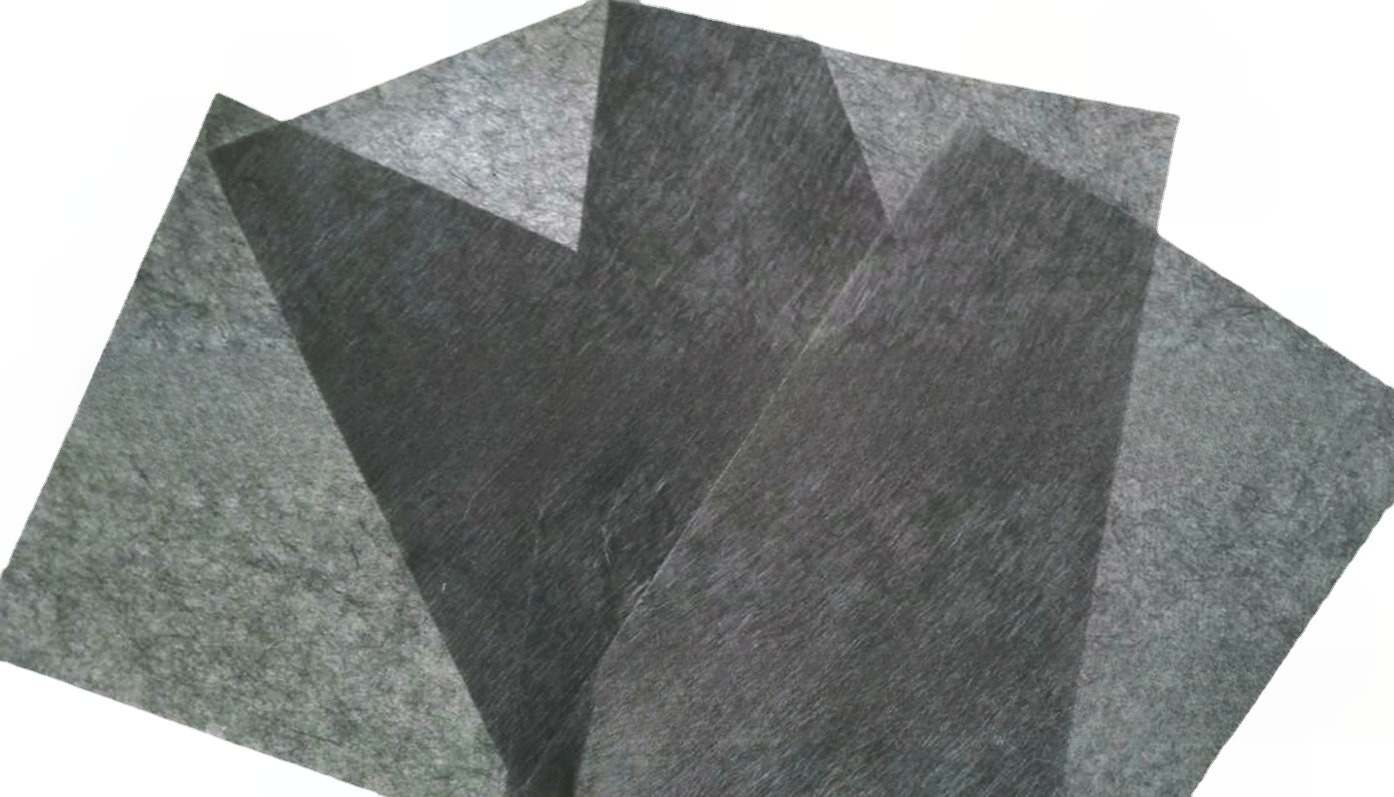

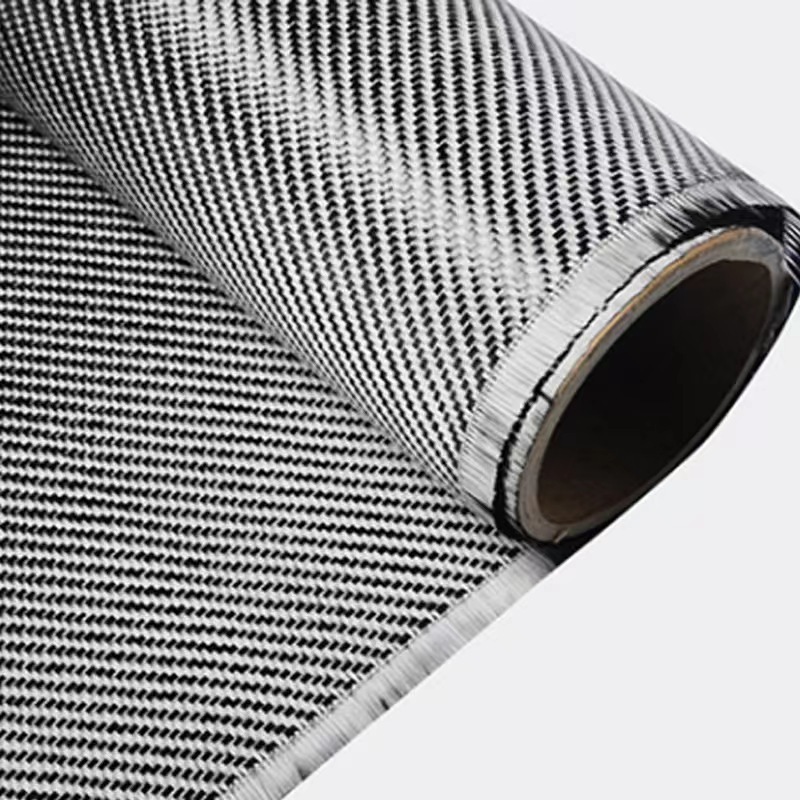
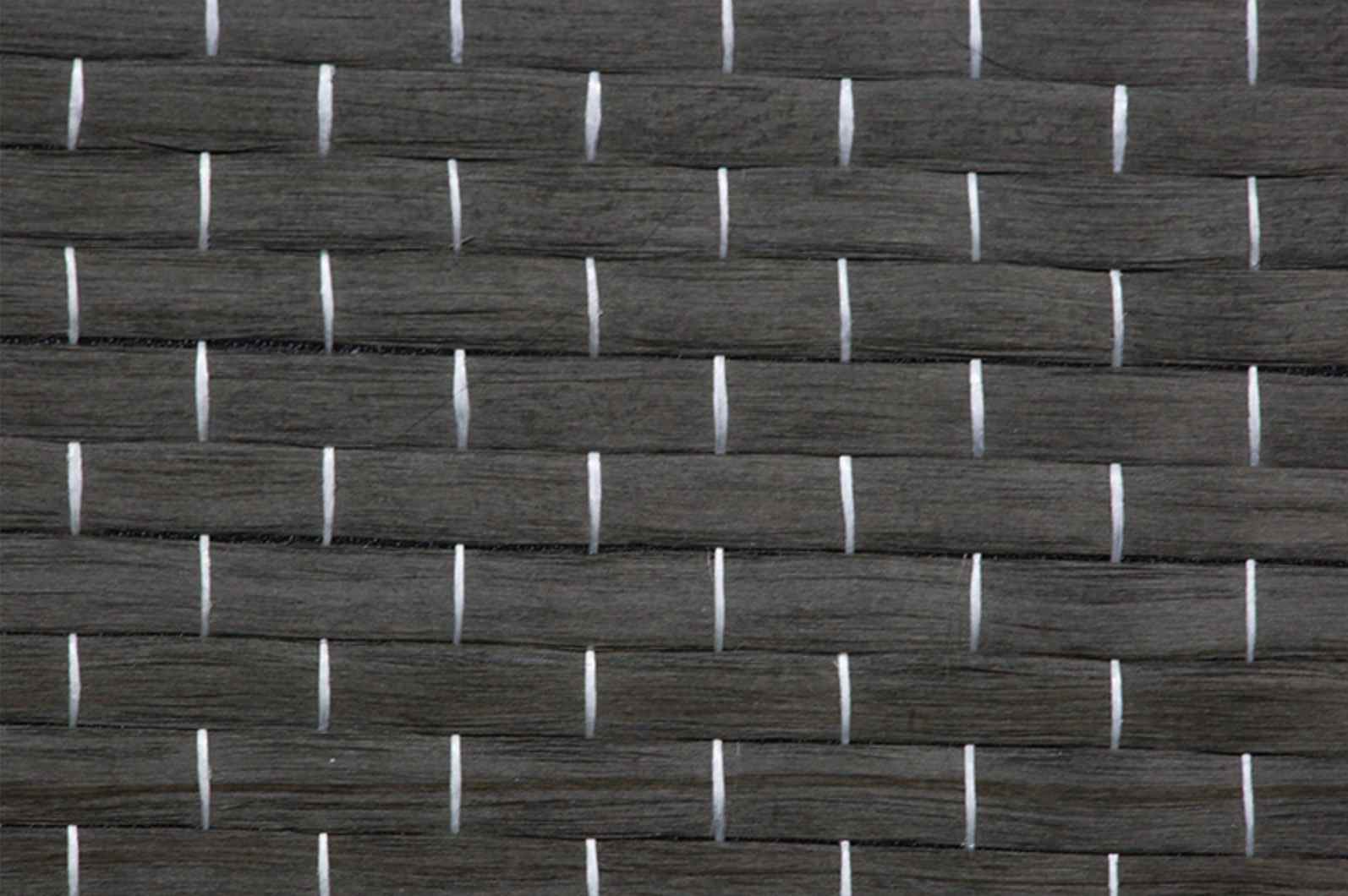

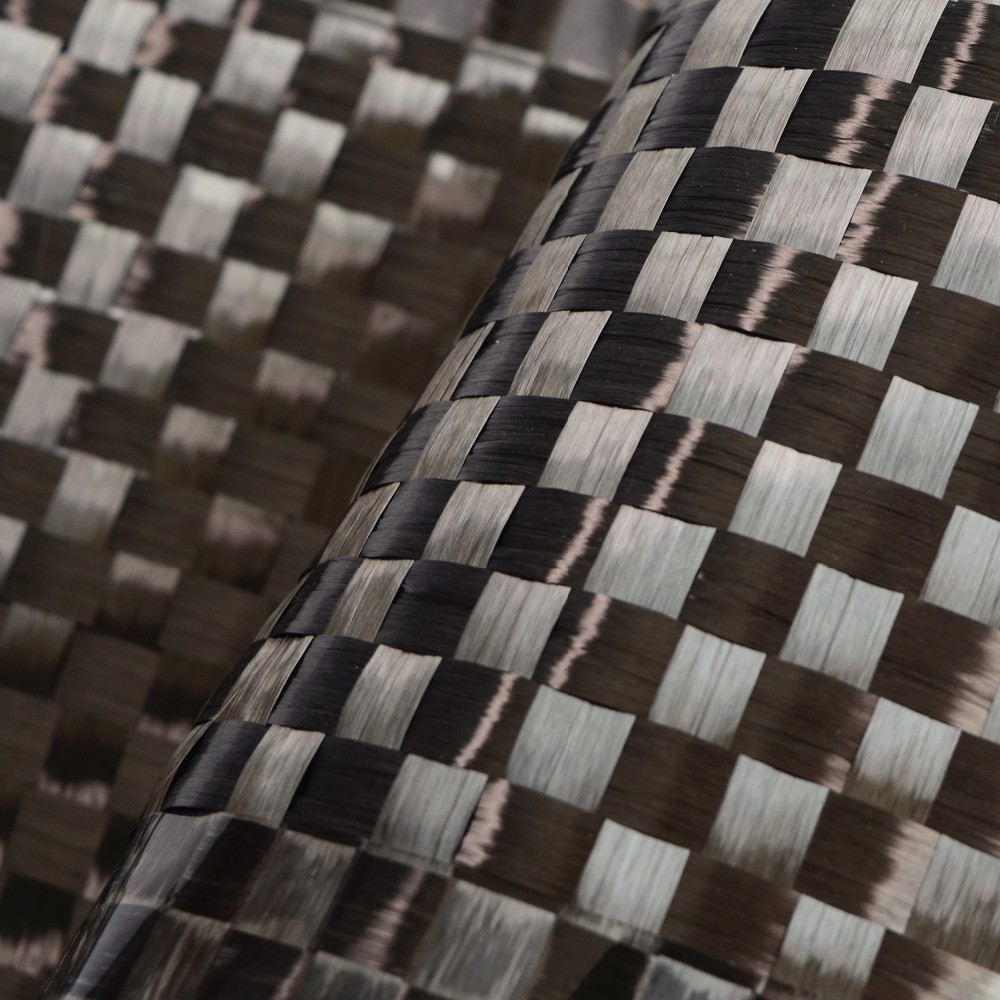

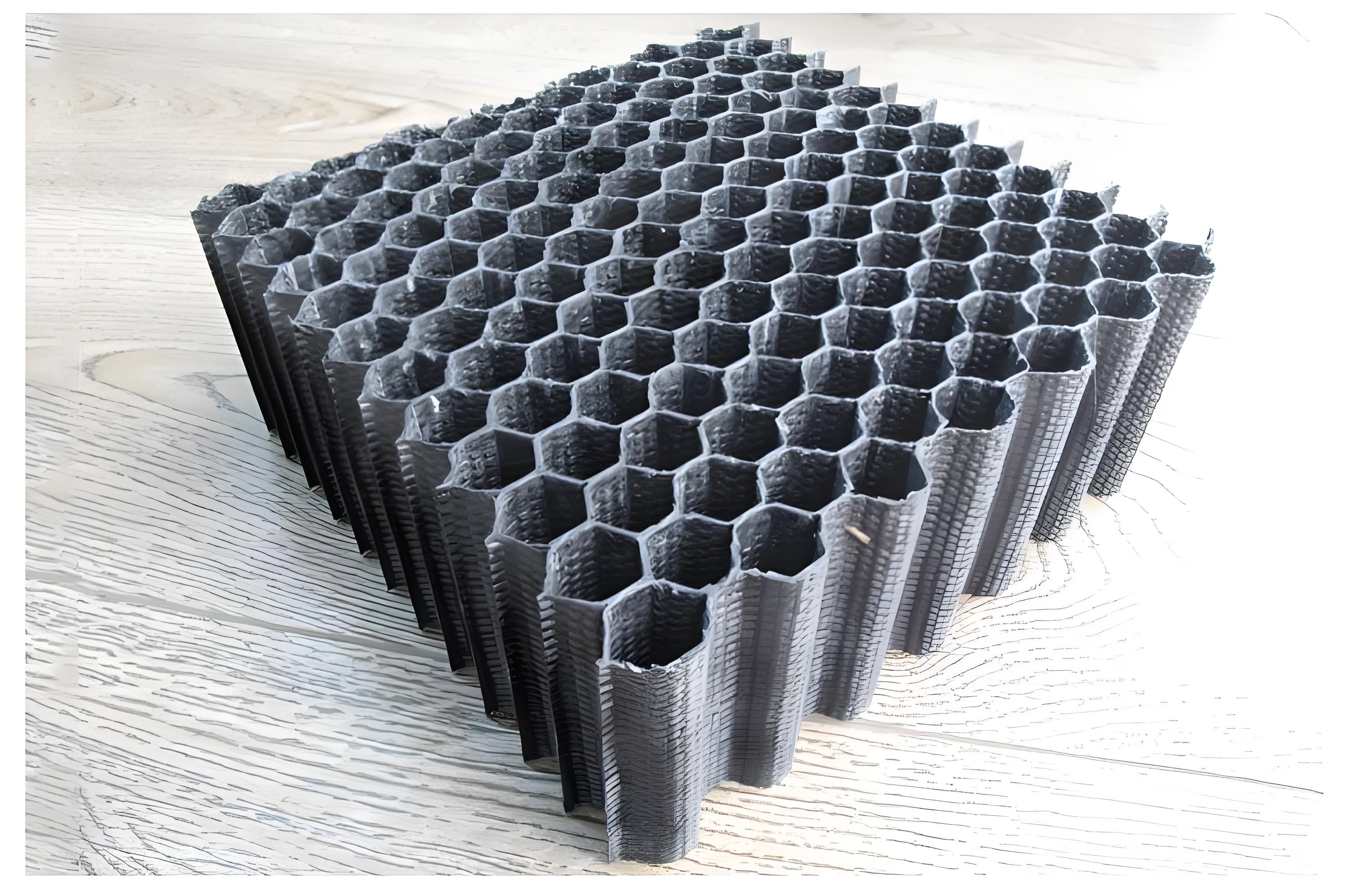
Composites Knowledge Hub
Composites Knowledge Hub




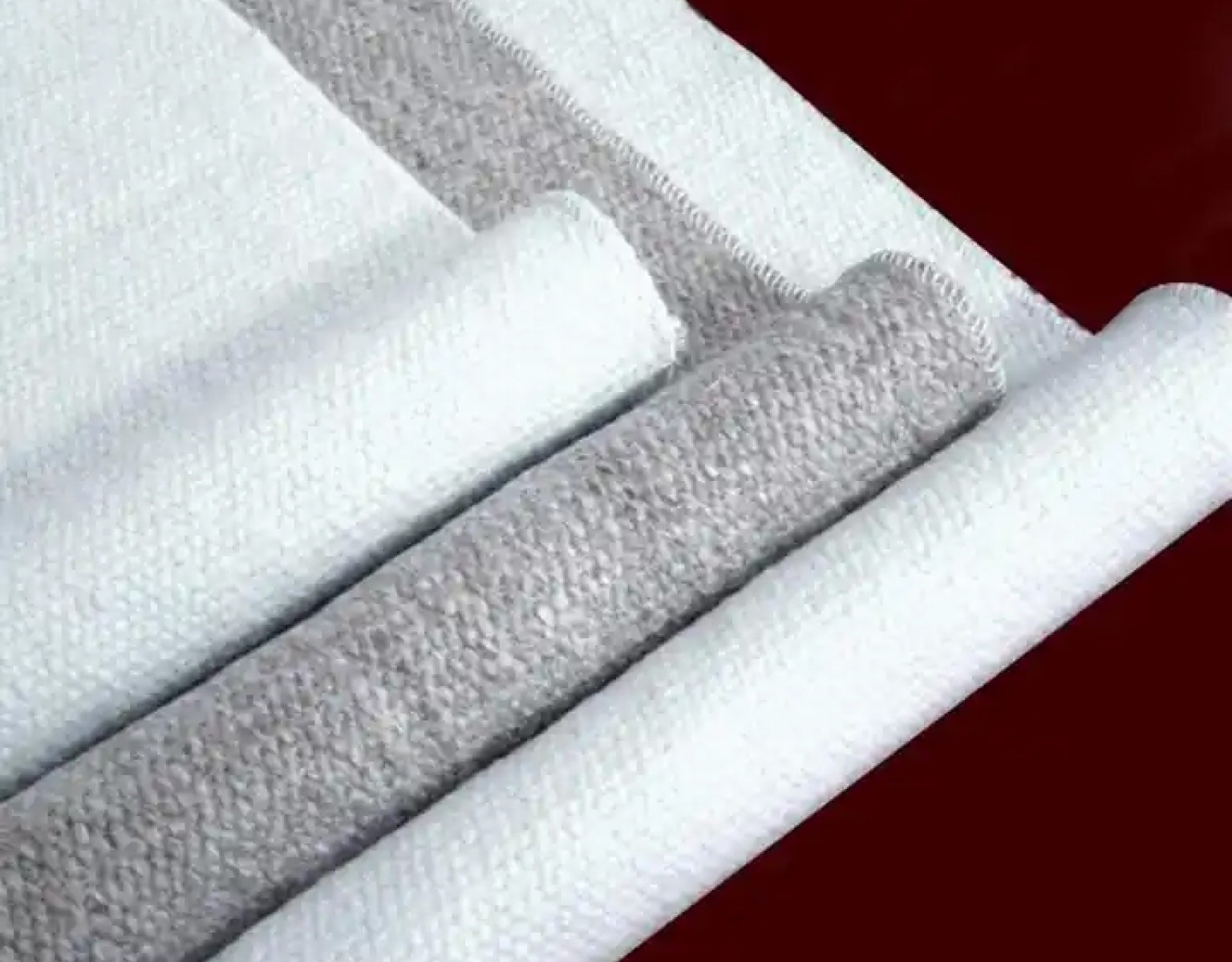
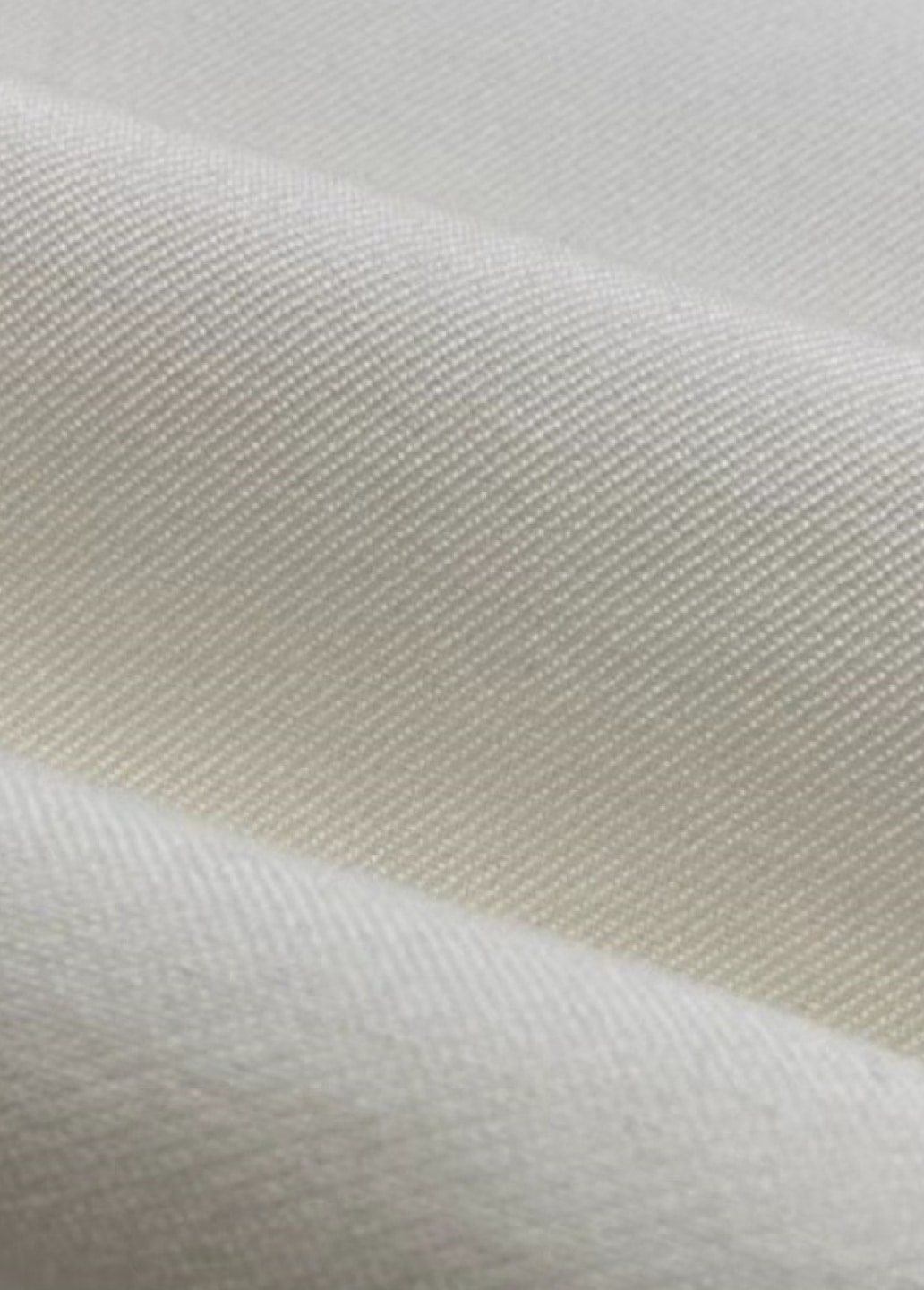

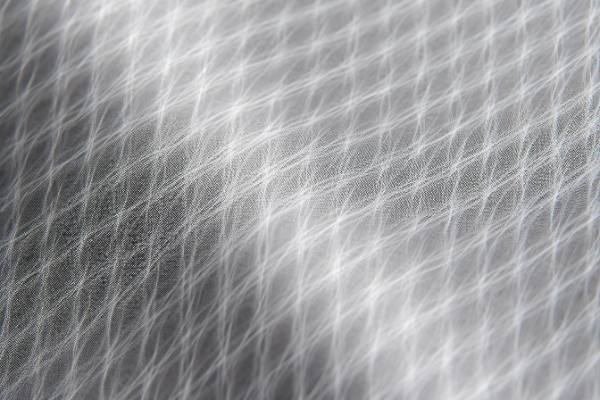




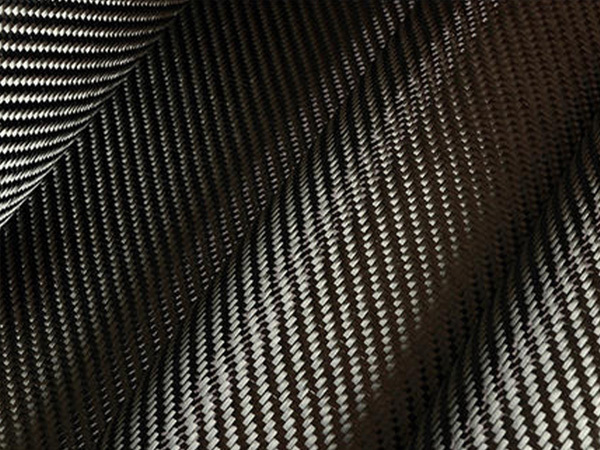

















Tel:
86-13732282311
E-mail:
merlin@xcellentcomposites.com
Copyright © Hangzhou Xcellent Composites Limited. All Rights Reserved.


